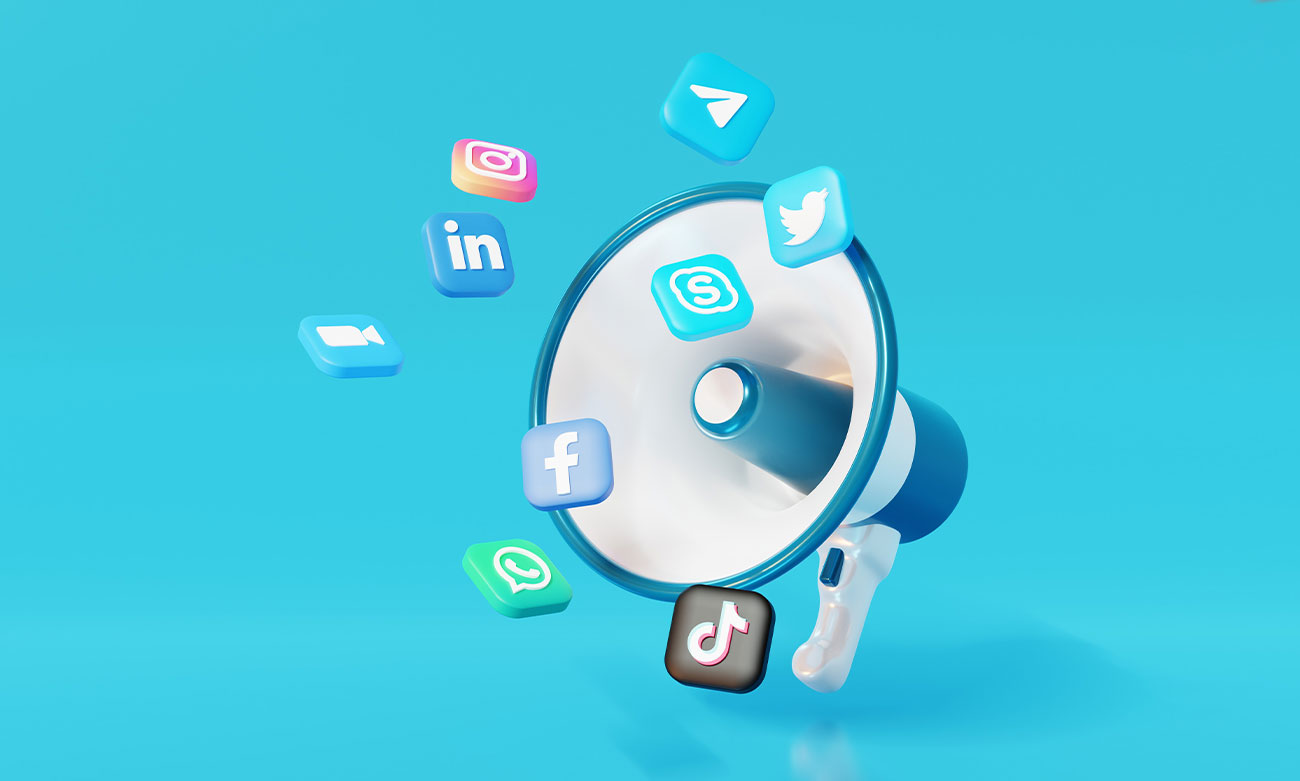
Why is brand activation important?
Who the heck in this world knows about your brand and products? Nobody. Brand activation is engagement done by marketers to create awareness about the brand in the market. Brand activation is simply an event, campaign or an interaction through which a company drives customer interaction. This technique aims to make long term customer relationships with the target audience and gain more customer loyalty.
The relevance of Brand Activation
In the age of digital marketing, standing out among thousands of brands doing their best to achieve their objectives is extremely difficult. Marketers look for ways to attract their target audience that are both interactive and effective. Marketers use brand activation to raise customer awareness of the brand and entice them to participate in the company's activities. The more engaging the activity is, the more new audiences will be attracted to participate. It is planned and carried out in order to get the customer to follow a specific funnel as described in the strategic action plan. Customers who follow the funnel after responding to the call to action at each step of the activity are more likely to act in the way the brand wants them to.
Brand activation has existed in various forms since the dawn of advertising and marketing. They were traditional in the past, but they were very effective, and they were very visible and engaging. With the rise of social media and the introduction of online marketing and advertising, the traditional marketing process took a new turn and opened up new possibilities. Online marketing allowed businesses to introduce new tools to engage more customers in a cost-effective and efficient manner. Marketers can now do much better things for a lot less money and with a lot more reliability than they could before. It wasn't as niche-oriented back then, but now you can target an audience that is only interested in the products you're trying to deliver, saving money on advertising that was previously wasted on audiences who were uninterested in your product. The ability to target micro niche and selective audiences has been made possible by social media. Only people who are interested in the type of product your company produces will see those ads, while the rest will not, saving time and money for the company.
Future of brand activation will take a new face and will change completely. As there are new technologies coming into play. Brand activation which used to be done physically at a place now can be done virtually anywhere.
Multiple Brand activations platforms and techniques
Brand activation takes place across a variety of platforms. According to the brand that is doing its brand activation, these are good and even better platforms. Some brands require old and traditional platforms for brand activation, while others place a greater emphasis on adapting to new trends for brand activation. It is dependent on the type of business, the activation plan, the marketer's thought process, and current trends.
1. Digital Brand Activation
Online or digital brand activation tools such as social media platforms, websites, and other online or digital brand activation tools are used. A strategic planning phase, which can be a single phase or a multi-phase process, is completed before beginning the process of online brand activation. A digital brand activation is an online campaign that raises brand awareness and generates leads or sales right away by using audience microtargeting and an intent-based strategy.
Marketers can map audience search and social media behaviour to their intent using an integrated omni channel strategy. Then, for each customer, create digital experiences that deeply engage and involve them.
2. Experiential Marketing
People are becoming more interested in trying out a product before purchasing it as time goes on. They want to be able to understand and feel the product before investing money in it. However, in today's world, exciting digital and real-world experiences are more accessible than ever before. It can be difficult to stand out in a crowd. The brand that is able to provide an exceptional customer experience will be the one that stands out. As consumers become more focused on experiences, many brands are turning to experiential marketing to help them achieve their goals.
3. Sampling Campaign
A sampling programme involves getting a client's brand into the hands and mouths of consumers. It's usually a consumer packaged good, so it'll be a beverage or something you eat, and whatever that product is, it'll be designed around it. Whether it's a simple sampling programme in a grocery store or something more elaborate. As a result, the consumer will be able to sample it. They may be able to provide some form of feedback.





